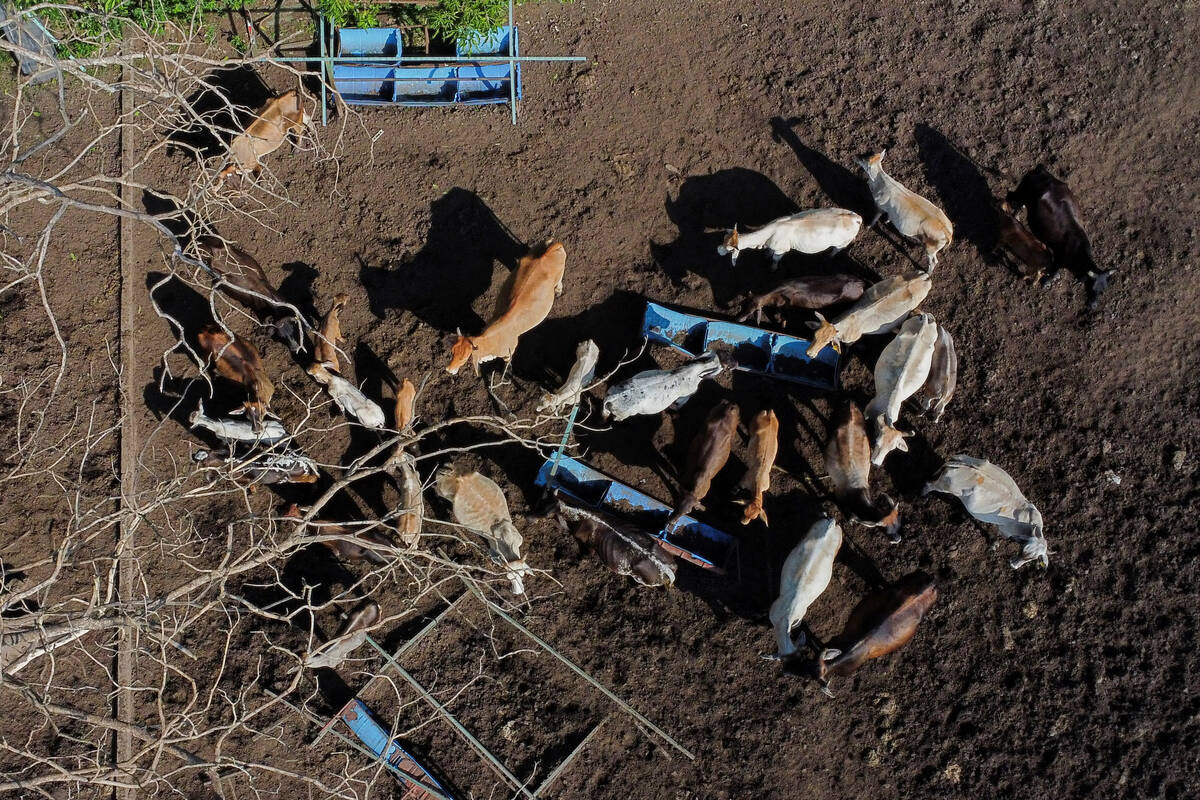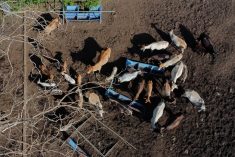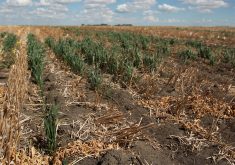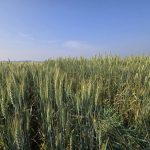ENCHANT, Alta. Ñ American investors are close to buying one of southern Alberta’s feedlot facilities, taking advantage of an industry depression and devalued assets caused by the closed American border.
Rick Paskal, feedlot owner and business partner of Cor Van Raay, Canada’s largest feedlot owner, said last week Van Raay has accepted an American offer to buy Barhill feedlot north of Picture Butte. It has been built to accommodate 25,000 cattle but has not yet been stocked.
Paskal said the deal requires approval by the Alberta cabinet because it is foreign investment in the industry.
Read Also

Cattle smuggling worsens outbreak in Mexico
Cattle being smuggled across Mexio’s southern border are making a screworm outbreak much more difficult to control.
He and Van Raay also are considering other American proposals to invest in their feedlots, although not to buy them.
“We’ve lost a lot of equity here,” he said. “I don’t want to sell or get American capital involved, but it’s a reality.”
He said the American suitors are feedlot owners and many of them have purchased Canadian cattle made inexpensive by the border closing that has boosted American prices. He said it is more than ironic that U.S. money is coming north to take advantage of a crisis created by American politics closing the border.
“I think ironic is an understatement,” said Paskal. “It’s the biggest crock going. But it’s reality.”
One of the messages he takes out of it is that despite the official explanation that the border remains closed because of fears about the safety of Canadian cattle, these American industry players have no problem buying Canadian cattle.
“They know it is not a health and safety issue.”
While he did not discuss the selling price for the Barhill feedlot, Paskal said the typical cost of building a 25,000-head feedlot in southern Alberta is close to $12 million when the cost of pens, feed mill, buildings and required surrounding land is added up.
The feedlot being sold is the newest in southern Alberta.
Van Raay owns seven feedlots, Paskal owns one and they own two jointly.
Paskal said his operation has lost as much of 40 percent in equity value since the U.S. border closed to live animals May 20, 2003 after the first discovvery of BSE in Canada was announced.
He said that during the summer of 2004, he and Van Raay were “entertained” by four potential Americans interested in investing in their feedlots, beyond the American who proposed to buy Barhill.
“We’re certainly going to consider it,” Paskal said.
“They own a lot of cattle up here and we are hurting. It’s just a fact of life. We have to consider it. There will always be a cattle industry here. I guess the question is who will own parts of it.”
Paskal is a founding member of a group of cattle industry players using the North American Free Trade Agreement to try to force the Americans to open the border.
Along with other members of the Canadian Cattlemen for Free Trade, he is in Washington this week to push the challenge forward.
“It looked like no one else was going to use our rights under the rules to challenge this, so we are,” he said.
“I think we have a good case. NAFTA rules said if the risk assessment says the meat is safe, the border should open. The risk assessment said the meat is safe. The border is still closed.”














